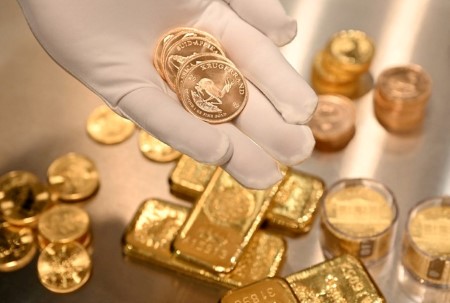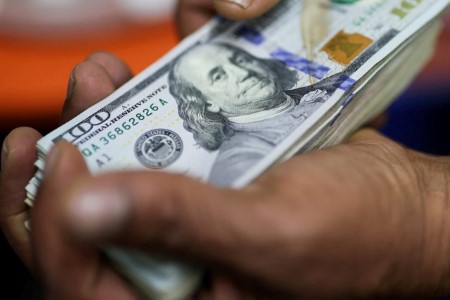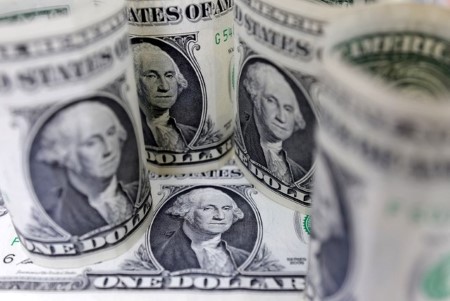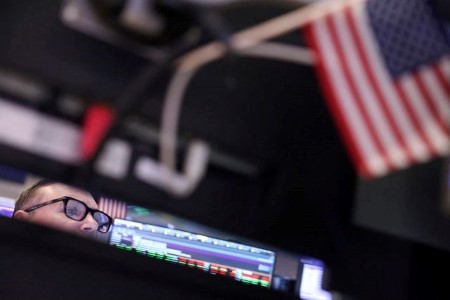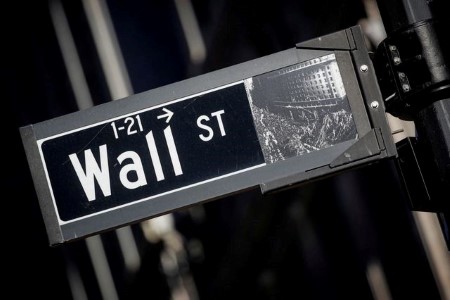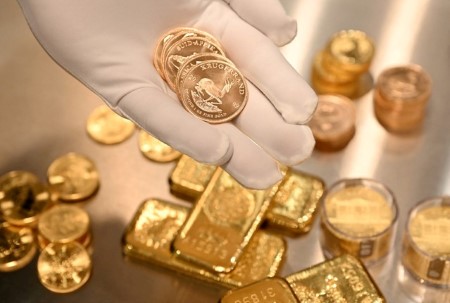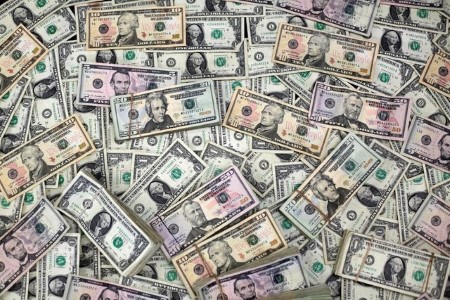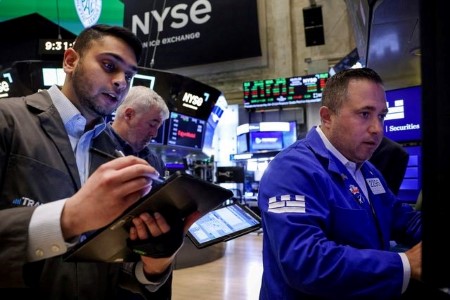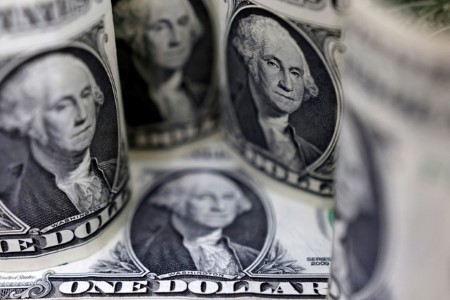Gold prices firmed on Monday, sitting just below the USD 3,000-mark that was broken last week, with the focus on trade tariffs and the US Federal Reserve’s policy meeting.
Spot gold was up 0.5% at USD 2,998.14 an ounce by 01:30 p.m. ET (1730 GMT), having hit a record high of USD 3,004.86 on Friday.
US gold futures settled 0.2% higher at USD 3,006.10.
The Federal Reserve will give its new economic projections this week, which will provide the most tangible evidence yet of how US central bankers view the likely impact of President Donald Trump’s policies that have clouded a previously solid economic outlook.
There are “no guarantees” there will not be a recession in the United States, although there could be an adjustment, Treasury Secretary Scott Bessent said on Sunday.
“I expect some consolidation in gold prices…Right now, the market is in a ‘wait-and-see’ mode ahead of the Fed’s decision,” said David Meger, director of metals trading at High Ridge Futures.
Markets expect the US central bank to hold interest rates on Wednesday, with the next cut in June.
Zero-yield bullion is considered a hedge against uncertainty and tends to thrive in a low-interest environment.
Data showed US retail sales rebounded by less than expected in February, signaling moderate economic growth despite import tariffs and federal worker layoffs dampening sentiment.
“Should economic data continue to soften and the global tariff war escalate, gold will continue to benefit,” analysts at Heraeus Metals said in a note.
Trump, meanwhile, said he plans to speak to Russian President Vladimir Putin on Tuesday and discuss ending the war in Ukraine.
Spot silver was unchanged at USD 33.78 an ounce and palladium was up 0.2% at USD 967.01, while platinum added 0.9% to USD 1,002.
(Reporting by Daksh Grover in Bengaluru; Editing by Kirsten Donovan and Shreya Biswas)







 DOWNLOAD
DOWNLOAD




